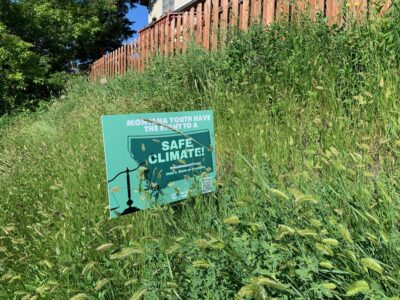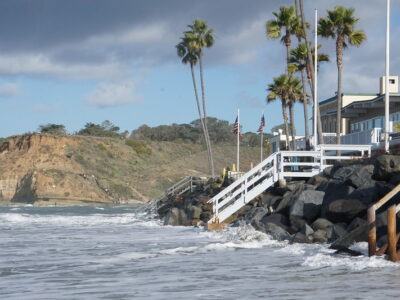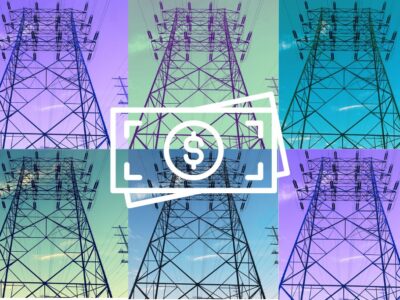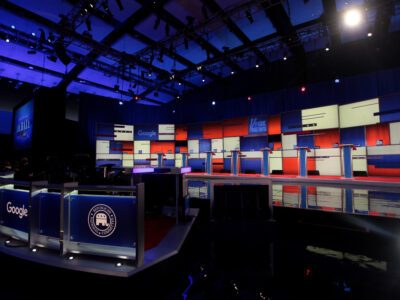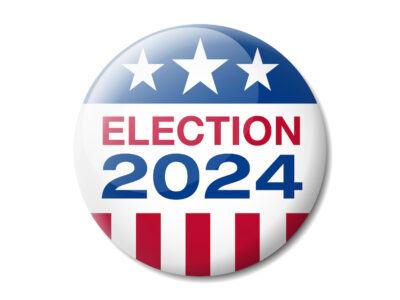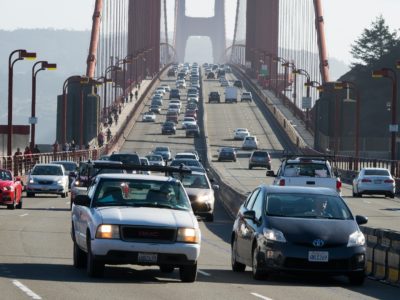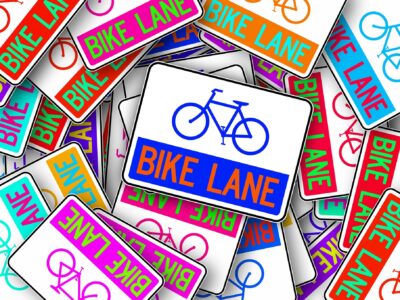Another Supply Chain Issue
Less exotic than rare earths but also needed: energy law teachers.
To make the energy transition work, we’ll need a lot more energy lawyers. That means a lot of energy law profs to teach them — many more than we have today. Law schools are waking up to the need to hire in the area. So if you’re thinking of law teaching, it could be worthwhile to dive into this field. Let’s start with the first question: why do we need more energy lawyers? Our basic strategy for the next phase of climate policy is to electrify everything p...
CONTINUE READINGWill More States Add Green Amendments to Their Constitution?
UCLA's Mary Nichols weighs in on the groundbreaking youth climate decision in Montana and the "drumbeat of litigation" that could follow.
Eight simple words helped youth plaintiffs in Montana win their landmark climate lawsuit against the state: "the right to a clean and healthful environment." The 103-page decision by a state court judge wades through loads of testimony and evidence, but it all comes back to that simple constitutional guarantee. A handful of other states have similar language, sometimes referred to as "green amendments," in their constitutions. Our colleague Julia Stein told NPR that ...
CONTINUE READINGHow to Address Sea Level Risks in California Real Estate Transactions
A new UCLA report recommends policies to improve California’s real estate hazard disclosure laws to inform potential buyers of serious sea level rise risks.
It’s an increasingly common sight on California’s coast: beach houses being swallowed by the rising sea. The threat of flooding and erosion is increasing throughout the United States as a warming atmosphere makes precipitation events more extreme and contributes to sea level rise. In fact, the U.S. coastline is projected to see an average of 10 to 12 inches of sea level rise between 2020 and 2050, which is equal to the amount measured over the last 100 years. De...
CONTINUE READINGIncome-Based Electric Bills: Fact and Fiction
California is in the process of making income-graduated fixed rates a part of ratepayers’ electric bills. This is the first post in a series that follows that proceeding.
Under new legislation, California is moving to a novel system that includes income-based fixed charges for electricity. Some critics contend that this is a giveaway to incumbent utilities. It’s not. Others have implied that the charges reflect new costs to ratepayers on top of existing rates. This is also not accurate. There are, however, important questions regarding how the new rate structure will be designed and implemented. In a series of posts, I’ll be fo...
CONTINUE READINGIs Capitalism to Blame?
Some people think we need to abolish capitalism to save the environment.
Bernie Sanders has a book called It’s OK to be Angry at Capitalism. There are certainly a lot of people across the political spectrum who feel that way. Capitalism is blamed for environmental destruction by many of the more radical segments of the Left. That’s not too surprising given the historic connection between the more radical Left and various forms of socialism. What may be more surprising is the number of people on the far Right who apparently have the sa...
CONTINUE READINGClimate Change Got 4 Minutes in the GOP Debate
Ron DeSantis is right: Stop asking candidates if they “believe in climate change” and ask them what they will do so we learn about their environmental deregulation agenda.
The topic of climate change got about 4 minutes of airtime during the first half of the first presidential primary debate held this week by Fox News. That’s actually a pleasant surprise when you think about it: human-caused global warming came up before Donald Trump’s indictments. In case you missed it, the full transcript of the climate change question is posted below, or you can watch it here at 38:00 min into the debate. Fittingly, the topic was raised by...
CONTINUE READINGClimate Change & the 1st GOP Debate
Mostly, they didn't want to talk about the issue. They certainly didn't want to talk about solutions.
Somewhat to my surprise, there was a question at the first GOP debate about climate change. The candidates' pre-debates views, which the NY Times helpfully collected, provided insight into possible directions for GOP energy policy. It's even possible that reality has started to make a dent into the party;'s reflexive climate denial. The climate question was prompted by a statement by Alexander Diaz of the Young America’s Foundation, a conservative youth organizati...
CONTINUE READINGCars, Smog, and EPA
Over the past fifty years, EPA has overseen incredible reductions in auto pollution.
This is part of an occasional series of posts about the evolution of pollution standards. Today's subject is pollution control for new vehicles, which have been known to cause smog since the 1960s. The history of these pollution standards is quite distinctive. At the high temperatures in internal combustion engines, some of the nitrogen in the air actually burns, resulting in the formation NO or NO2, which are collectively called NOx. NOx plays a role in forming groun...
CONTINUE READINGGood News! Policymakers ARE Embracing E-Bikes
You wouldn’t know it from reading the New York Times, but cities and states are innovating to get people out of cars and on e-bikes. Is California falling behind?
After reading the recent (and very dumb) New York Times expose by Matt Richtel on e-bikes, you’d be forgiven for mistaking electric-assist bicycles for the next big threat to human health. But 3 other news stories about the benefits, and growing pains, of e-bikes show there’s real interest in them as a climate solution. Rather than just critique the NYT’s editorial choices, I want to highlight some of what we’re learning from more thoughtful reporting on e-bi...
CONTINUE READINGState Air Regulations Can Go Above and Beyond National Standards
State and local regulators can and should work to reduce particulate matter, ozone, and NOx emissions even when national standards are met.
States and local air quality regulators have the legal authority to set particulate matter (PM), ozone, and nitrogen oxides (NOx) emissions standards and adopt regulations for these pollutants when they are already in attainment of the national ambient air quality standards (NAAQS) set by the U.S. Environmental Protection Agency (EPA) under the federal Clean Air Act (CAA). PM, ozone, and NOx are harmful pollutants that cause severe health effects that can range from re...
CONTINUE READING




